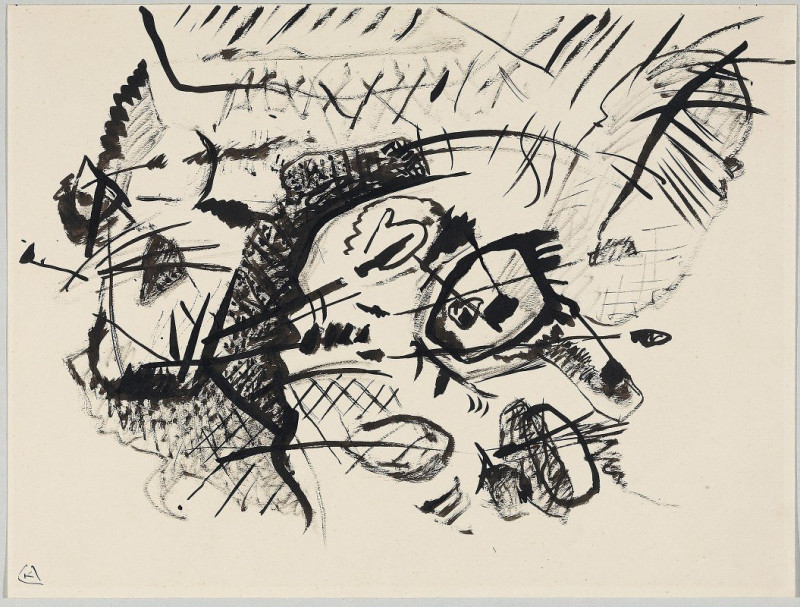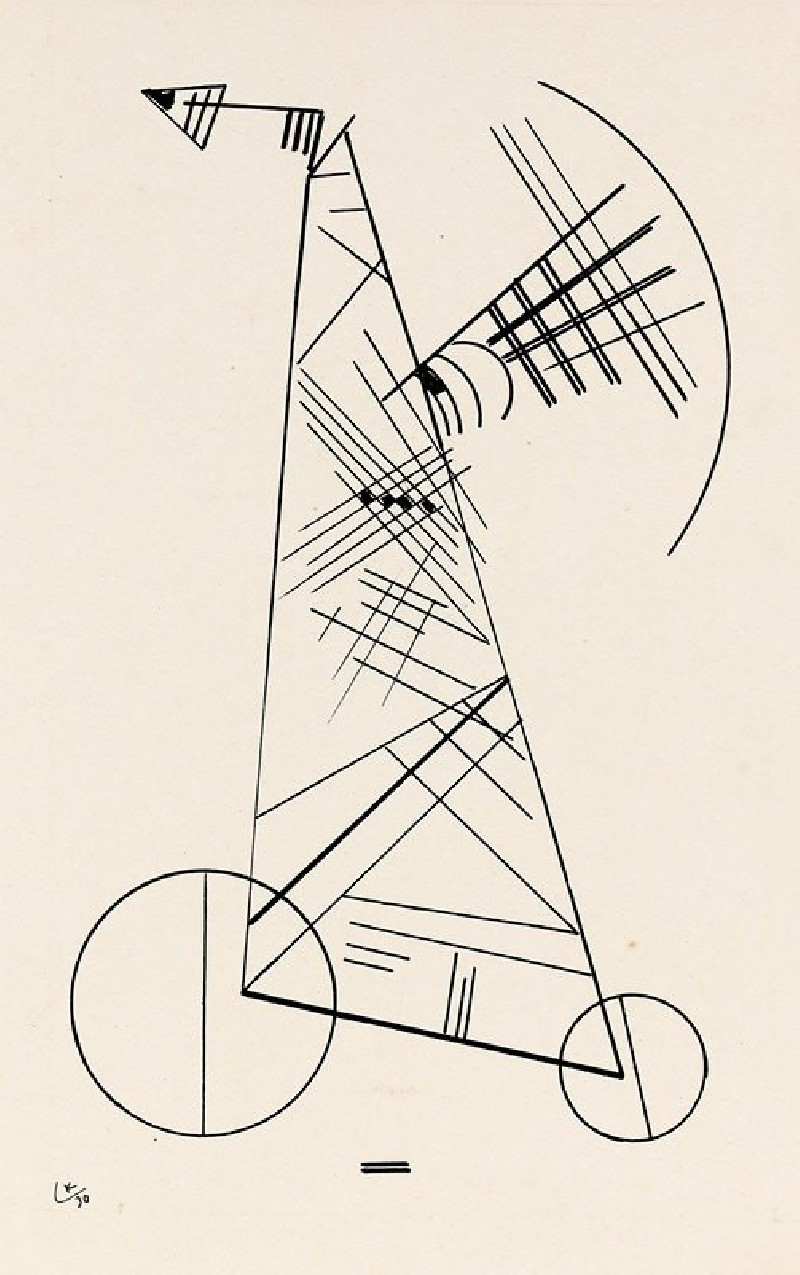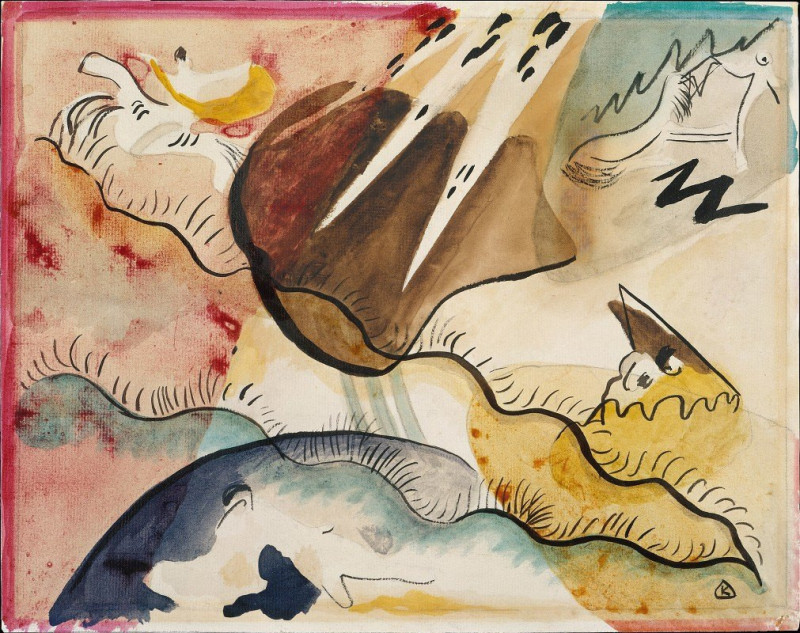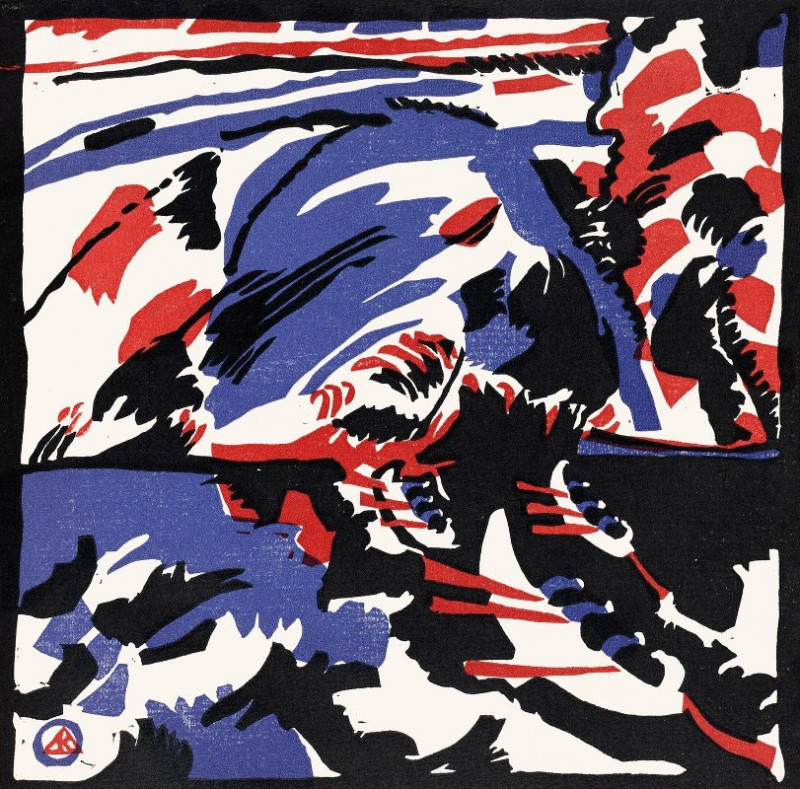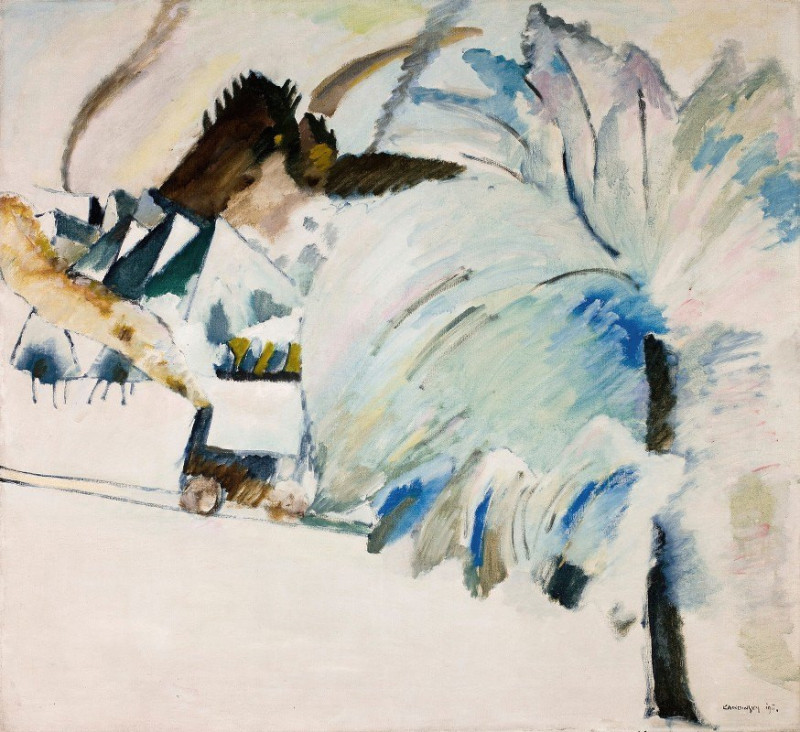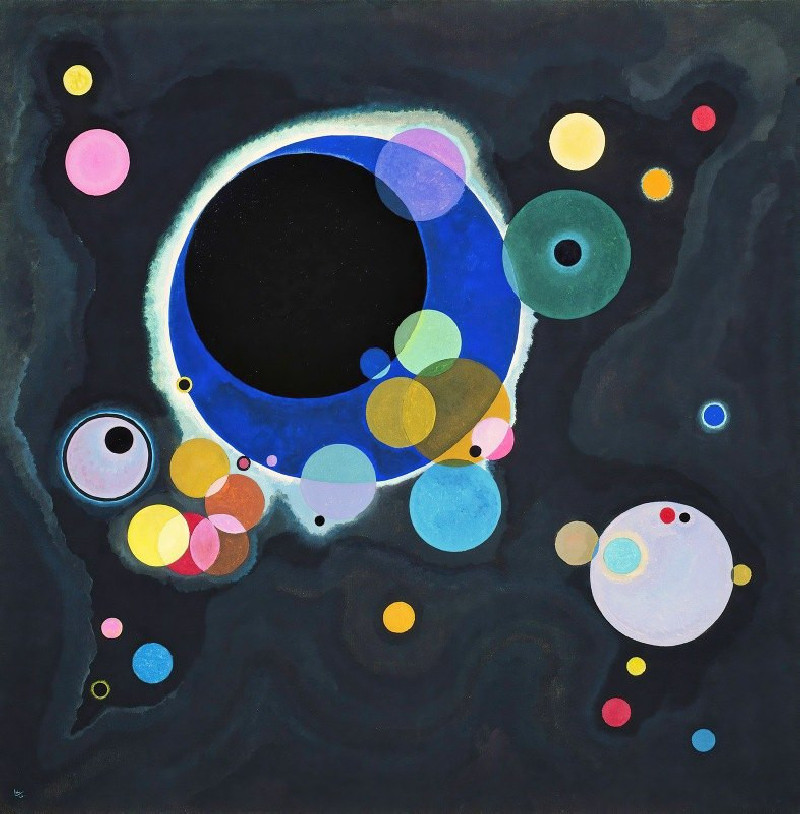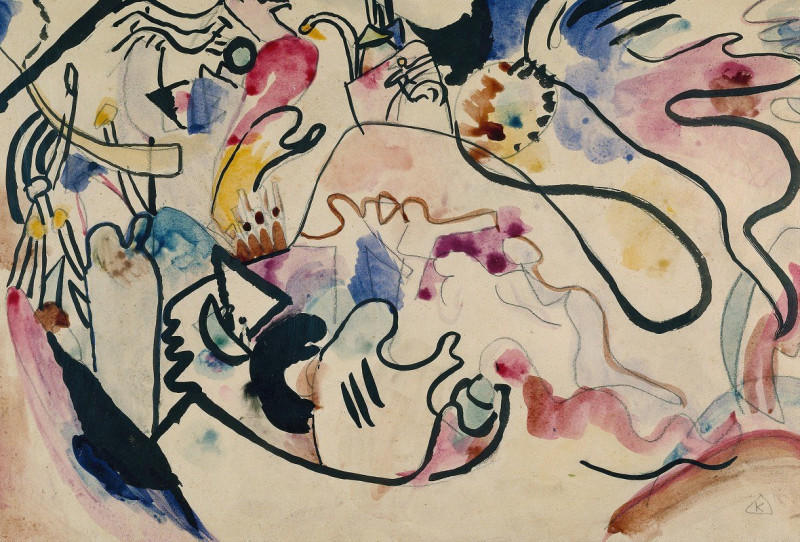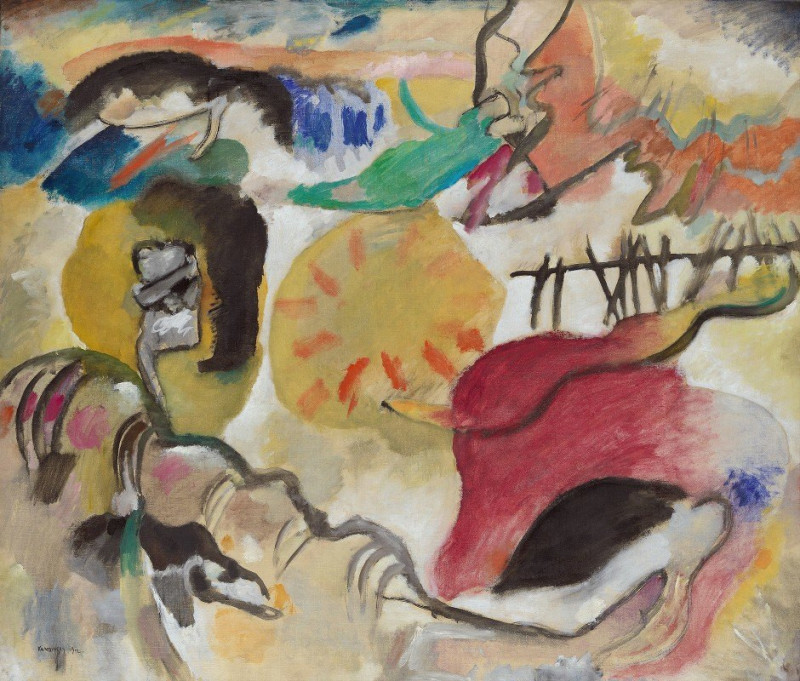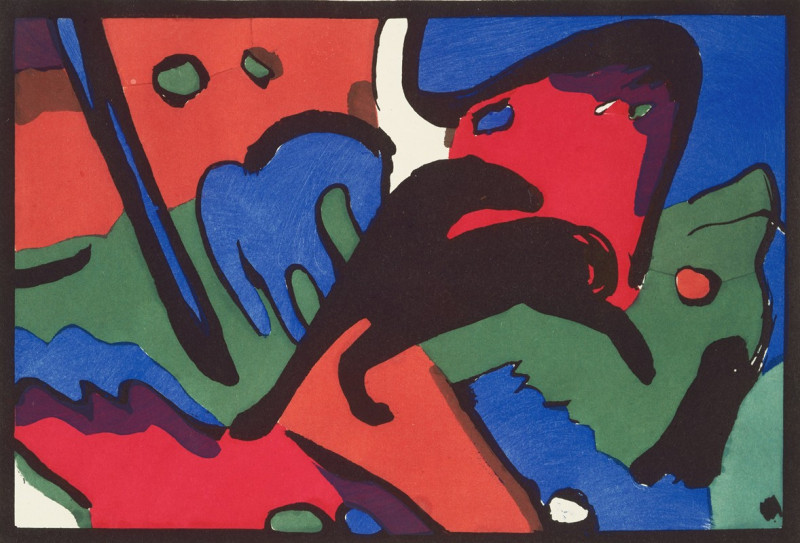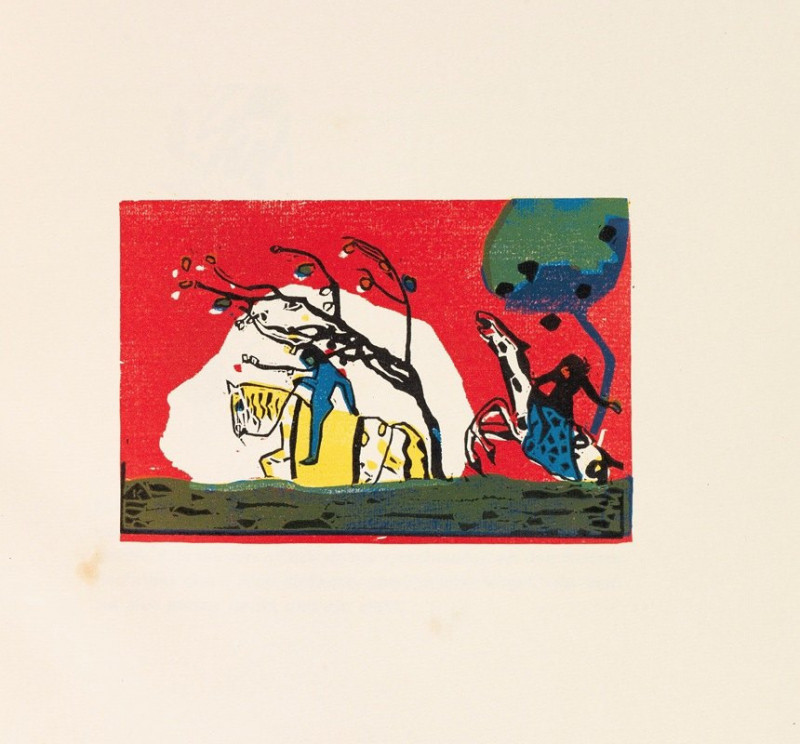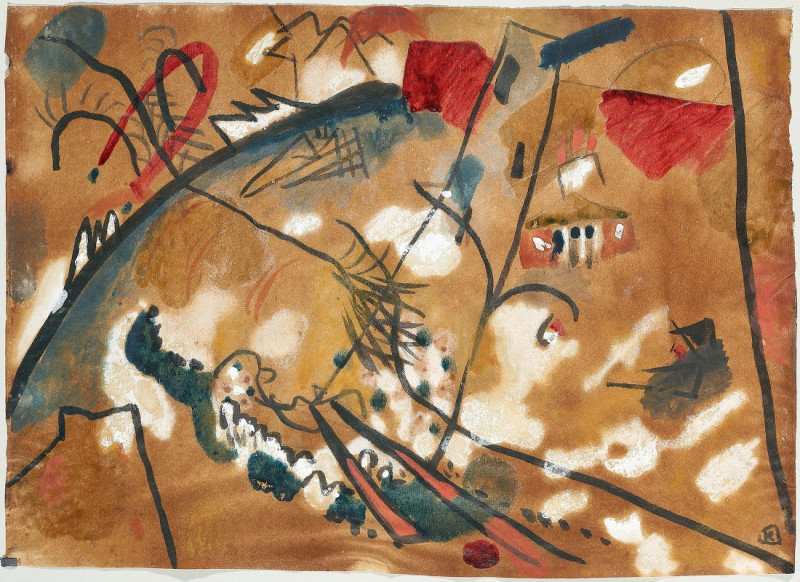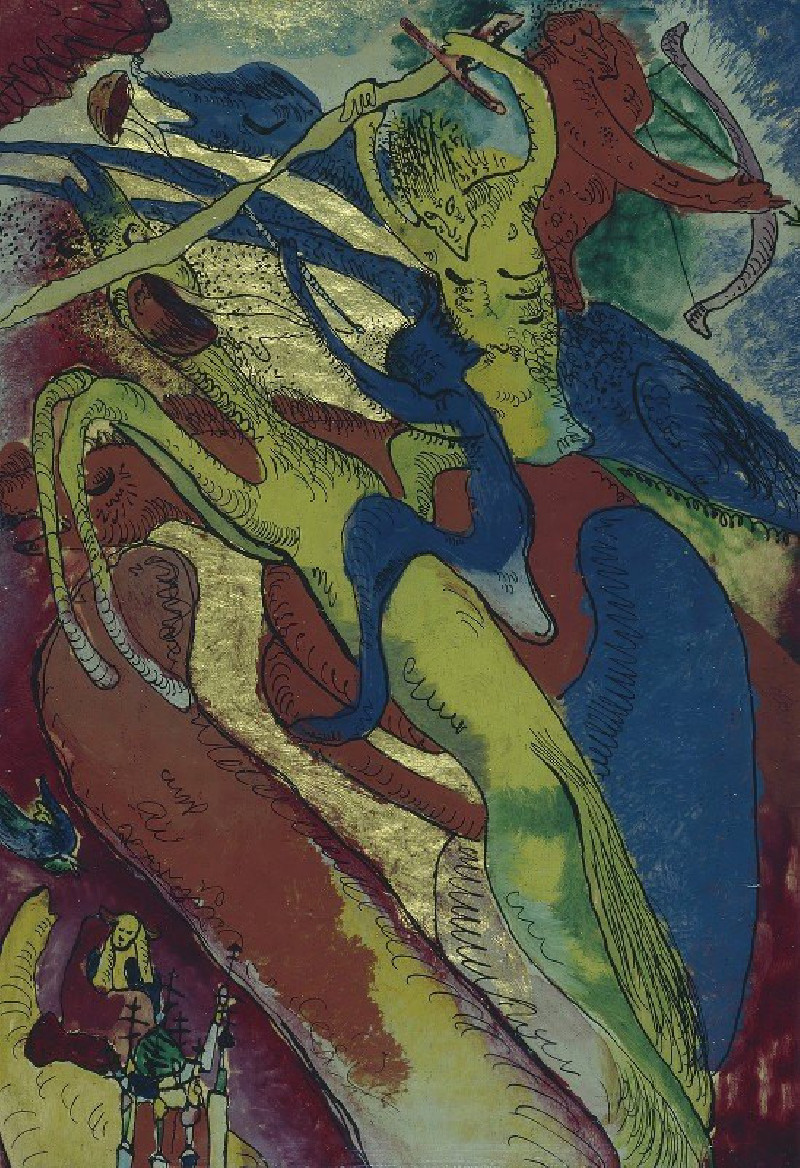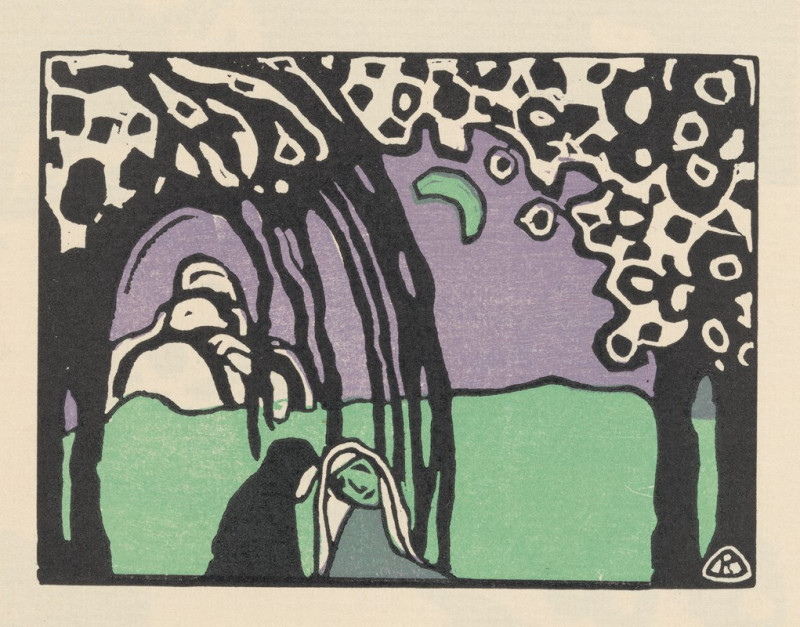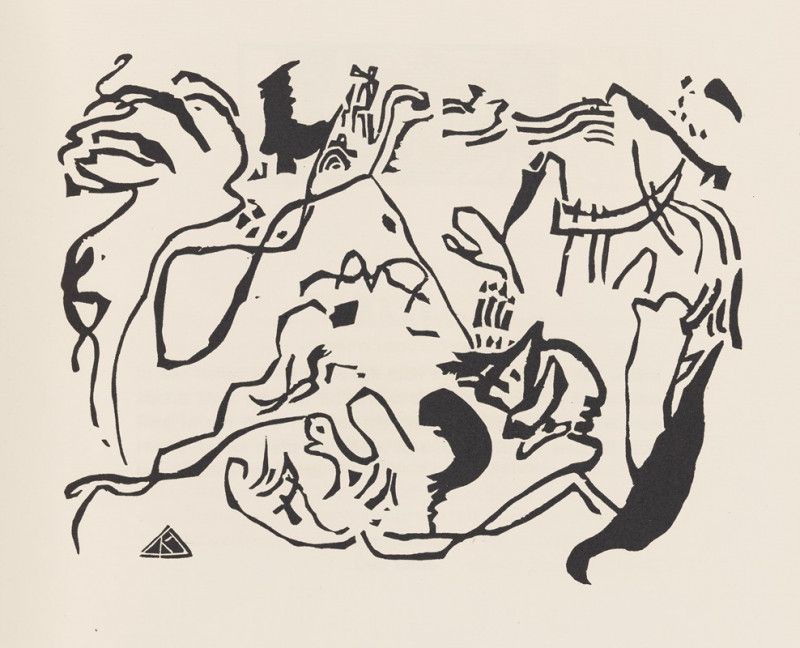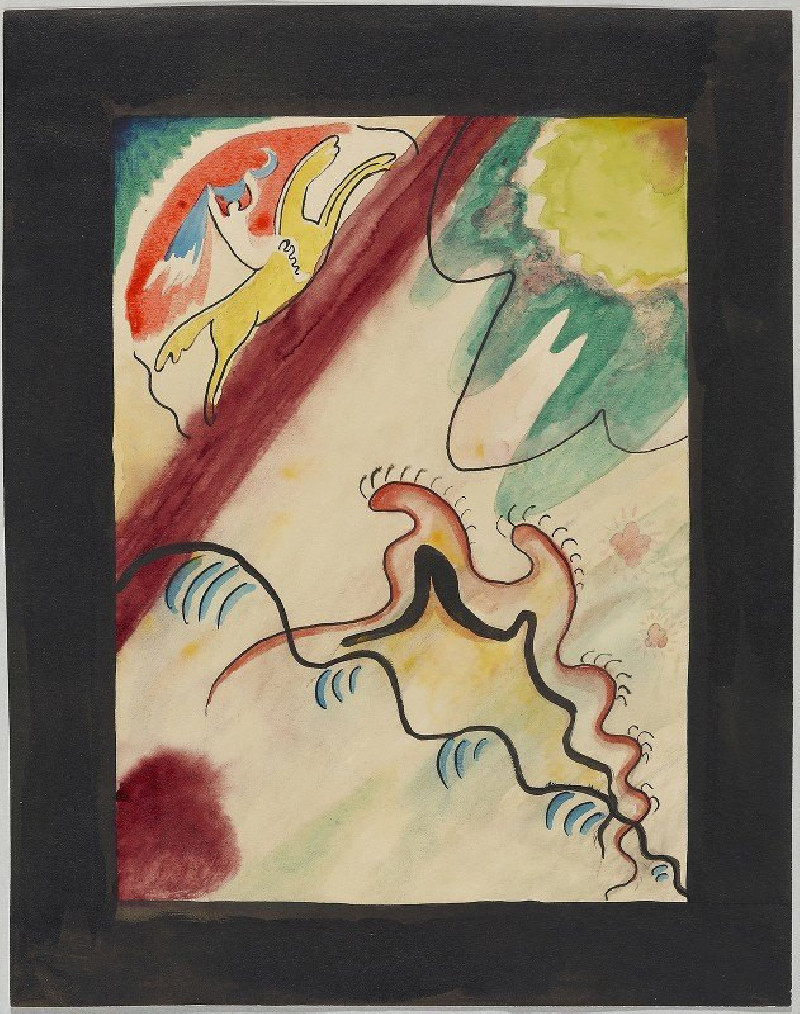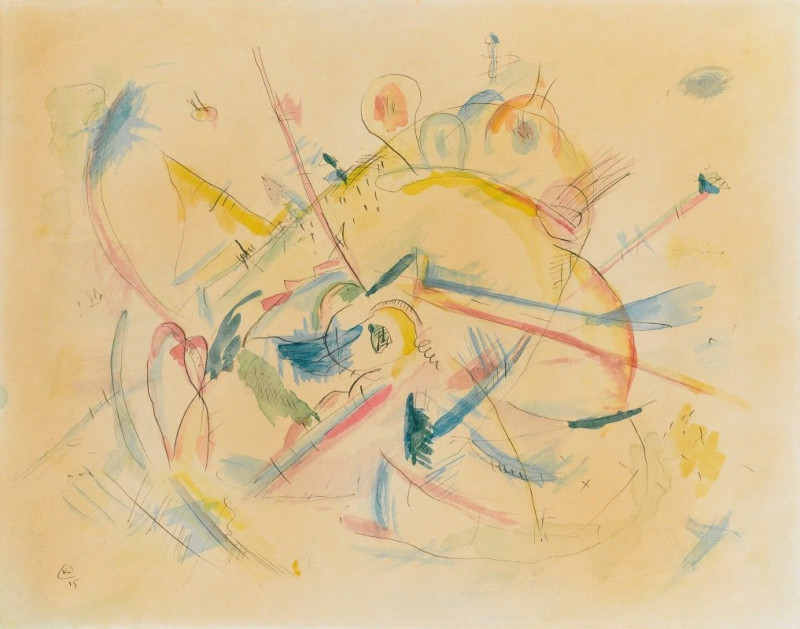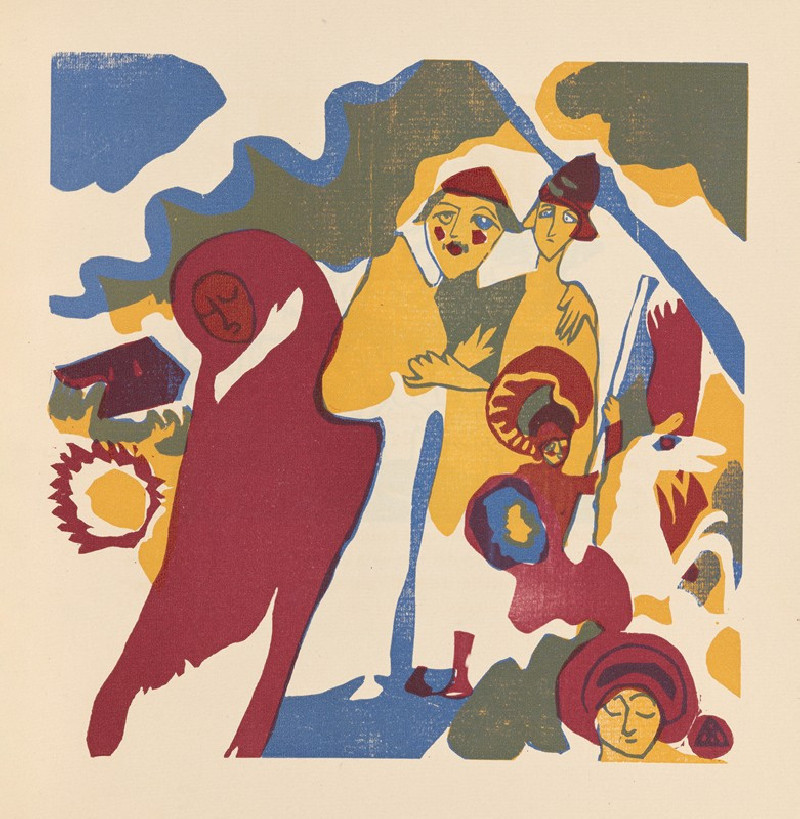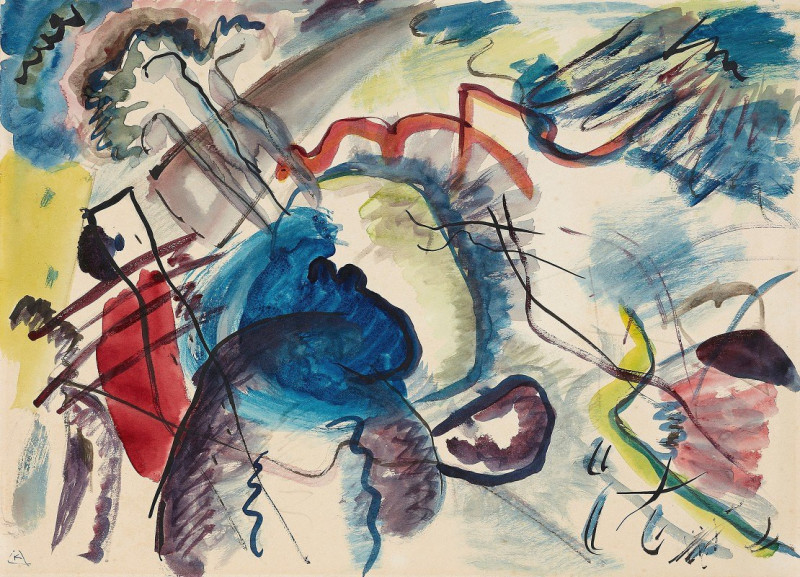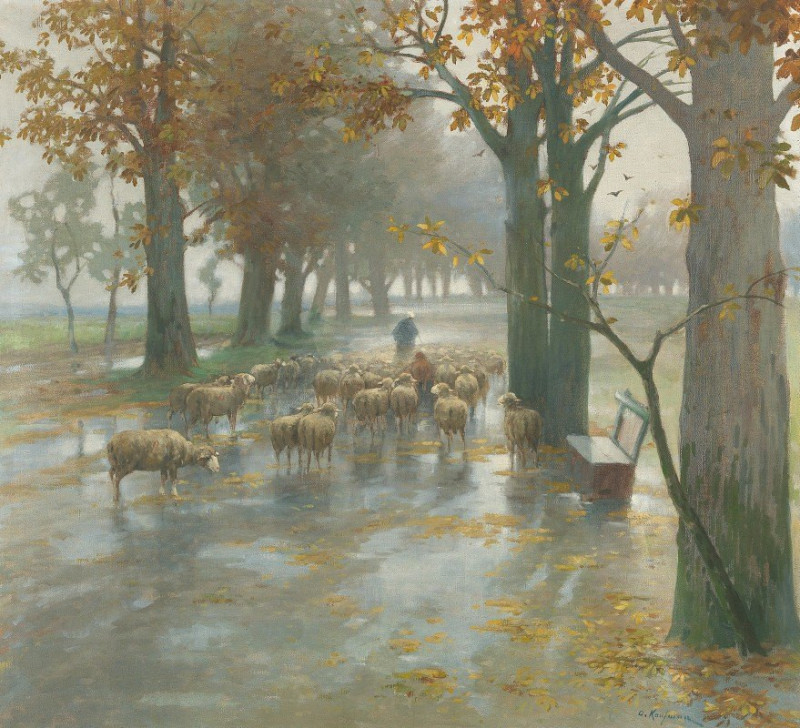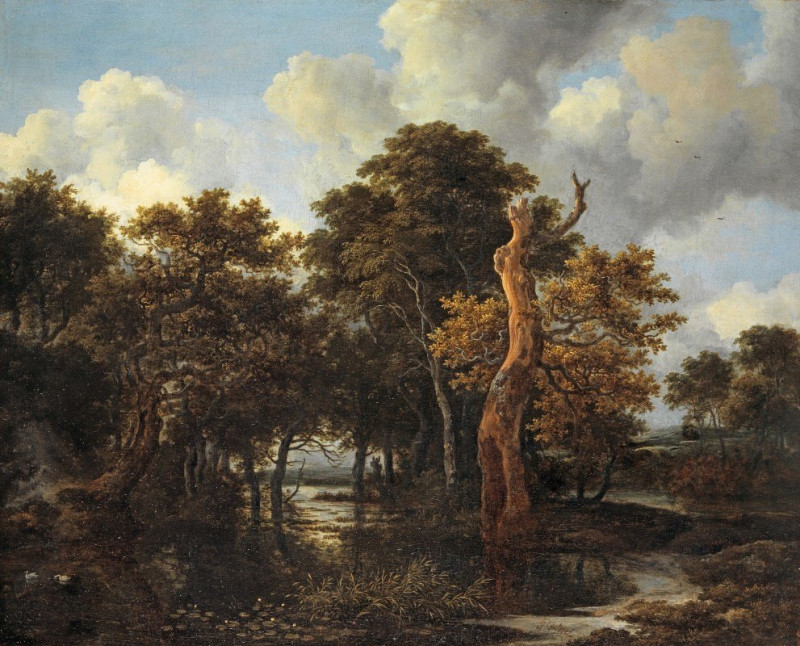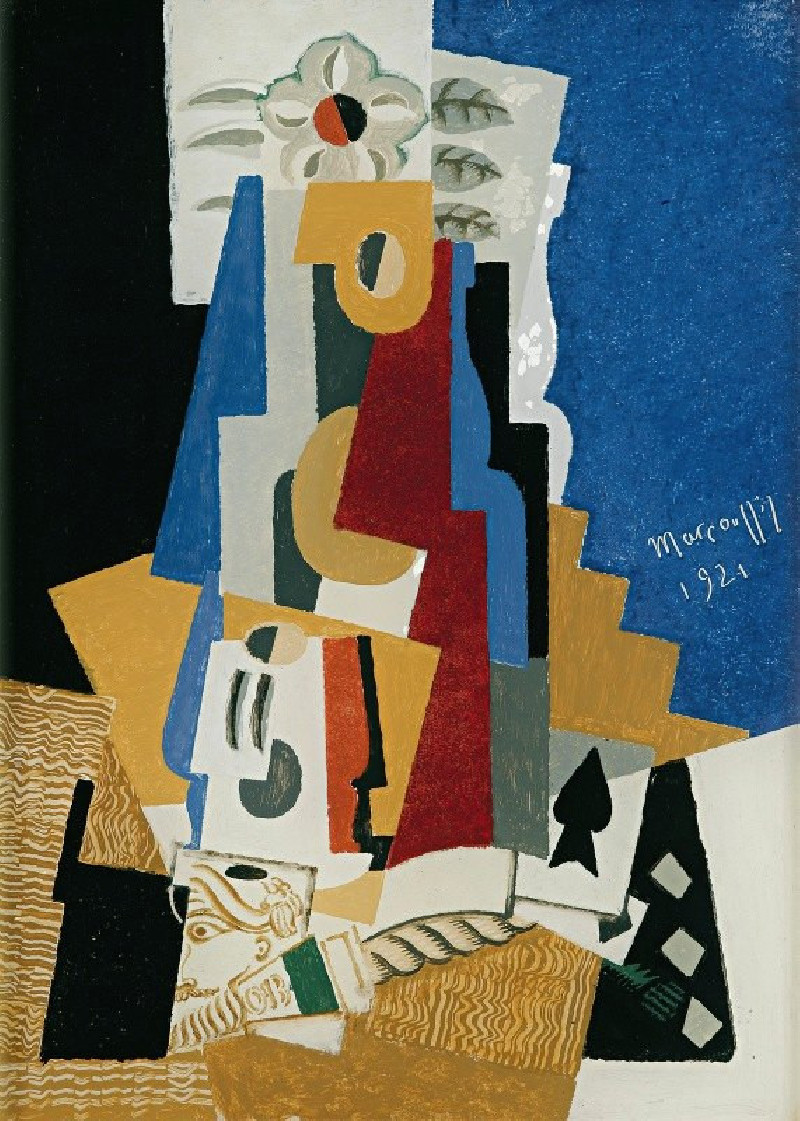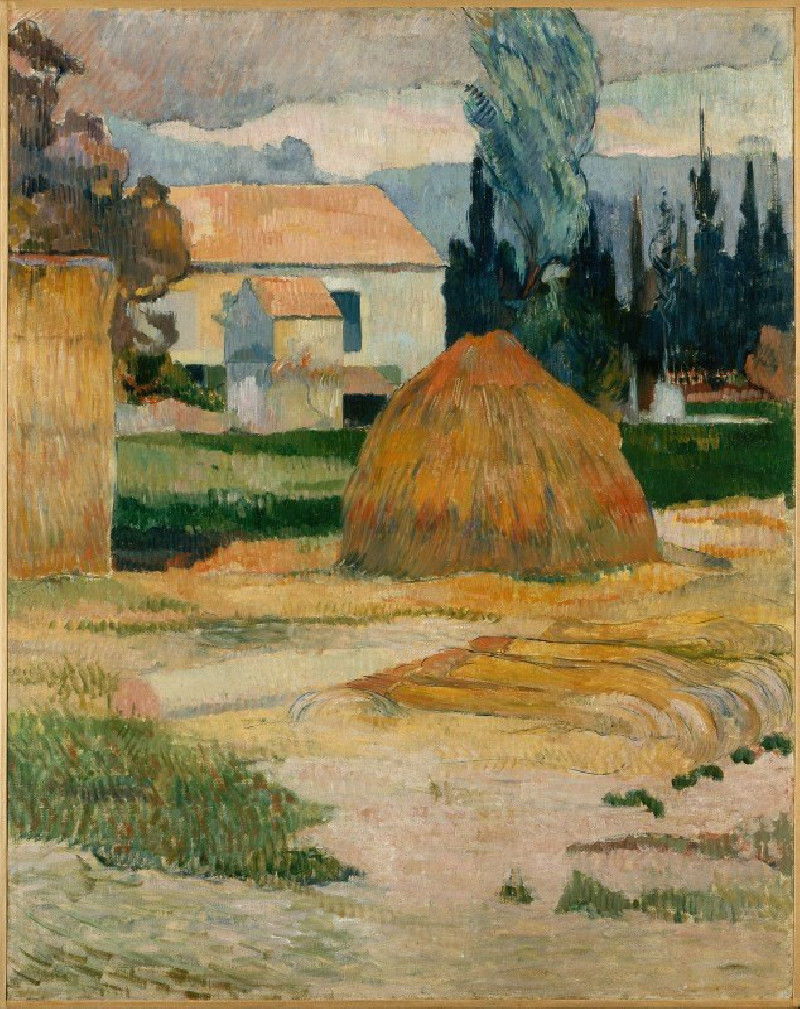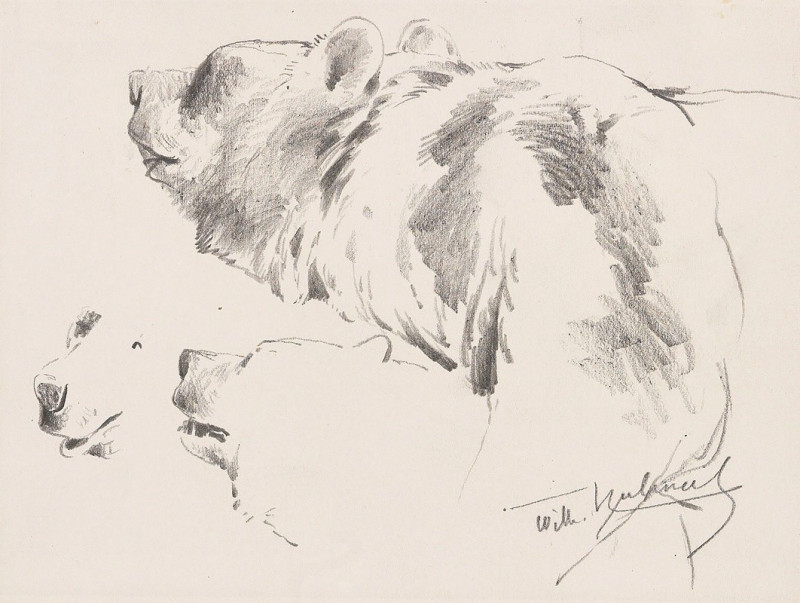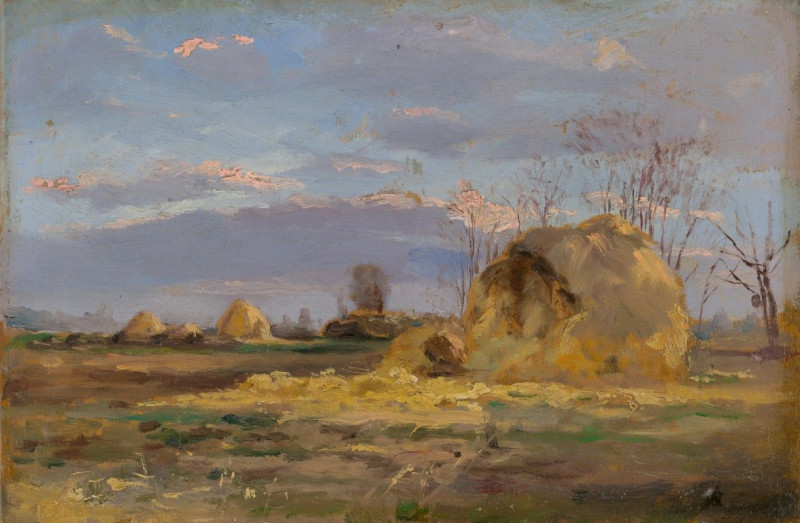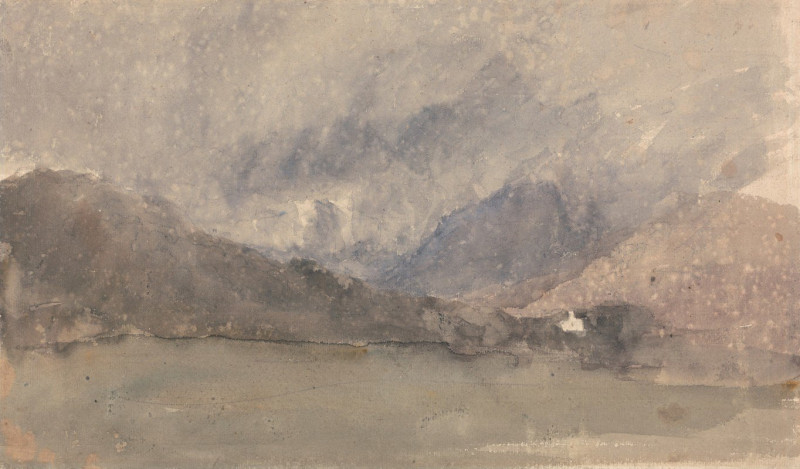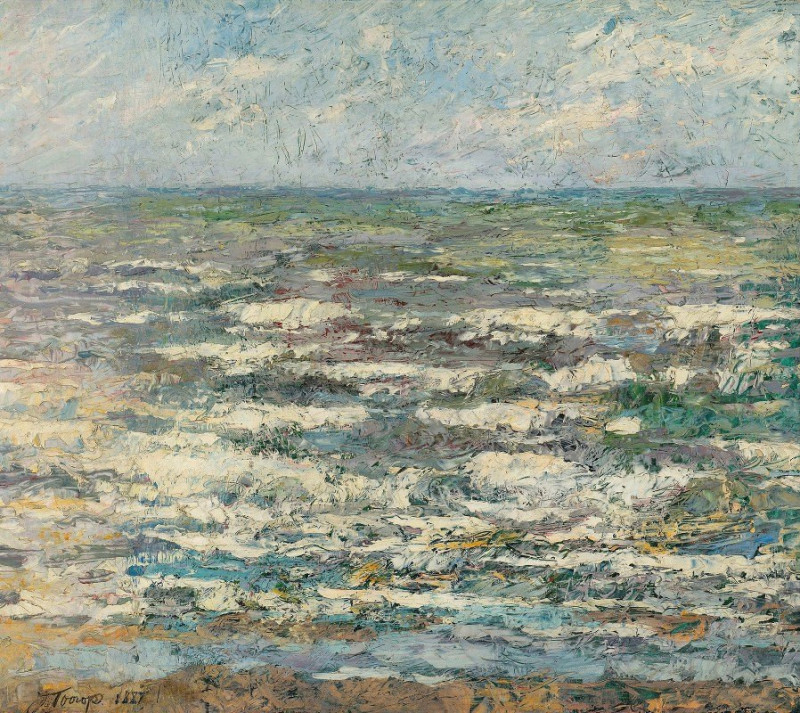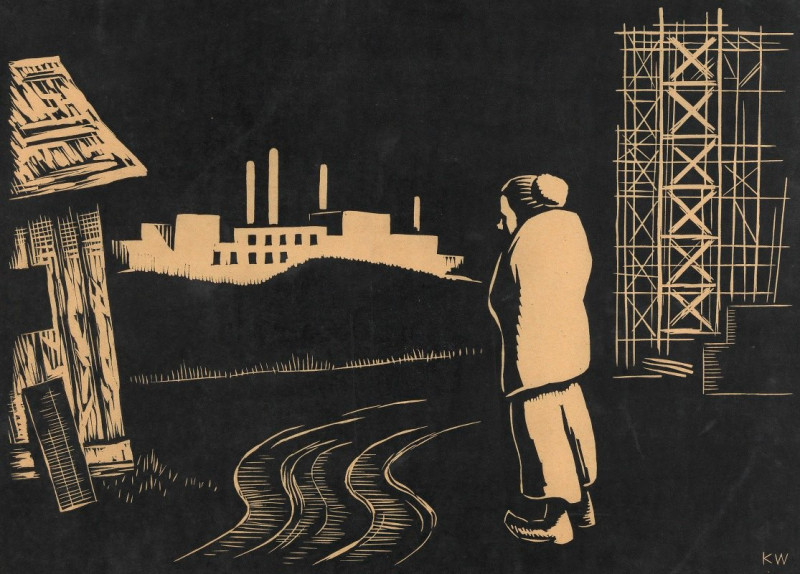Draft for ‘Composition VII’ II (1913)
Technique: Giclée quality print
Recommended by our customers
More about this artwork
This artwork, "Draft for ‘Composition VII’ II" (1913) by Wassily Kandinsky, is a striking example of abstract art that prefigures some of the major themes and techniques seen in his later, larger compositions. In this painting, we observe a dynamic and somewhat tumultuous arrangement of forms and lines, executed primarily in black on a neutral background.Kandinsky uses a variety of marks – from fluid, sweeping curves to sharp, angular lines – to create a sense of movement and interaction within the piece. This chaotic interplay might suggest the clash of elemental forces or the convergence of different musical themes, reflecting Kandinsky's interest in synesthesia and his theories linking painting to music. The composition avoids any recognizable objects, focusing instead on pure form and the contrasts between the elements used: solid versus void, dark versus light, line versus shape.Despite its abstract nature, some viewers might perceive hints of figurative elements, or at least the echo of natural forms, such as waves, wings, or mountainous landscapes, echoing Kandinsky’s belief in the spiritual in art and his efforts to evoke inner resonances in the viewer through seemingly non-objective means. This work asks the viewer to engage deeply, to feel and interpret the visual language that Kandinsky develops, which is intended to evoke rather than to depict.
Delivery
Returns
Wassily Wassilyevich Kandinsky was a Russian painter and art theorist. Kandinsky is generally credited as the pioneer of abstract art. Born in Moscow, Kandinsky spent his childhood in Odessa, where he graduated at Grekov Odessa Art school. He enrolled at the University of Moscow, studying law and economics. Successful in his profession—he was offered a professorship (chair of Roman Law) at the University of Dorpat today Tartu, Estonia)—Kandinsky began painting studies (life-drawing, sketching and anatomy) at the age of 30.

